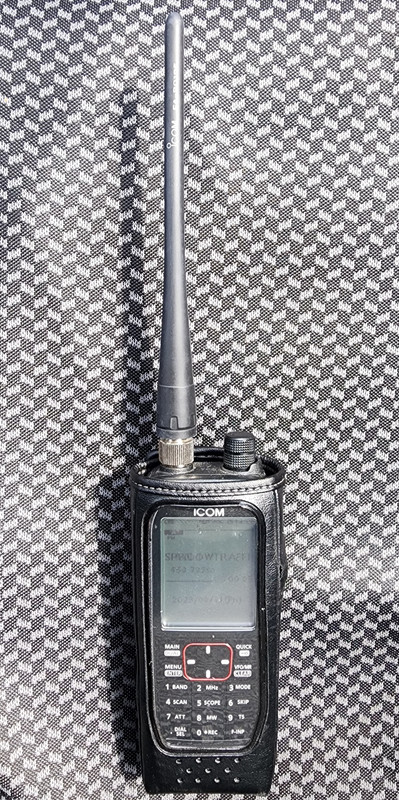Good morning.
I've owned an Icom R10 for a long time now, and I was wondering if anyone out there has ever analyzed the performance of its FA-B01RE stock antenna.
I don't use the R10 very much these days due to its slow scan speed, lack of squelch tones, etc, but I continue to use the FA-B01RE antenna as a general-purpose, wide-range antenna for some of my other, hand-held receivers. The FA-B01RE seems to be a very decent antenna for wide-range scanning, but I don't have an antenna analyzer, and I'd like to know if anyone can give me an idea of what its high- and low-point performance is like over the 30 MHz to 900 MHz range.
Thanks in advance!
-Johnnie (KC5IGH)
I've owned an Icom R10 for a long time now, and I was wondering if anyone out there has ever analyzed the performance of its FA-B01RE stock antenna.
I don't use the R10 very much these days due to its slow scan speed, lack of squelch tones, etc, but I continue to use the FA-B01RE antenna as a general-purpose, wide-range antenna for some of my other, hand-held receivers. The FA-B01RE seems to be a very decent antenna for wide-range scanning, but I don't have an antenna analyzer, and I'd like to know if anyone can give me an idea of what its high- and low-point performance is like over the 30 MHz to 900 MHz range.
Thanks in advance!
-Johnnie (KC5IGH)





